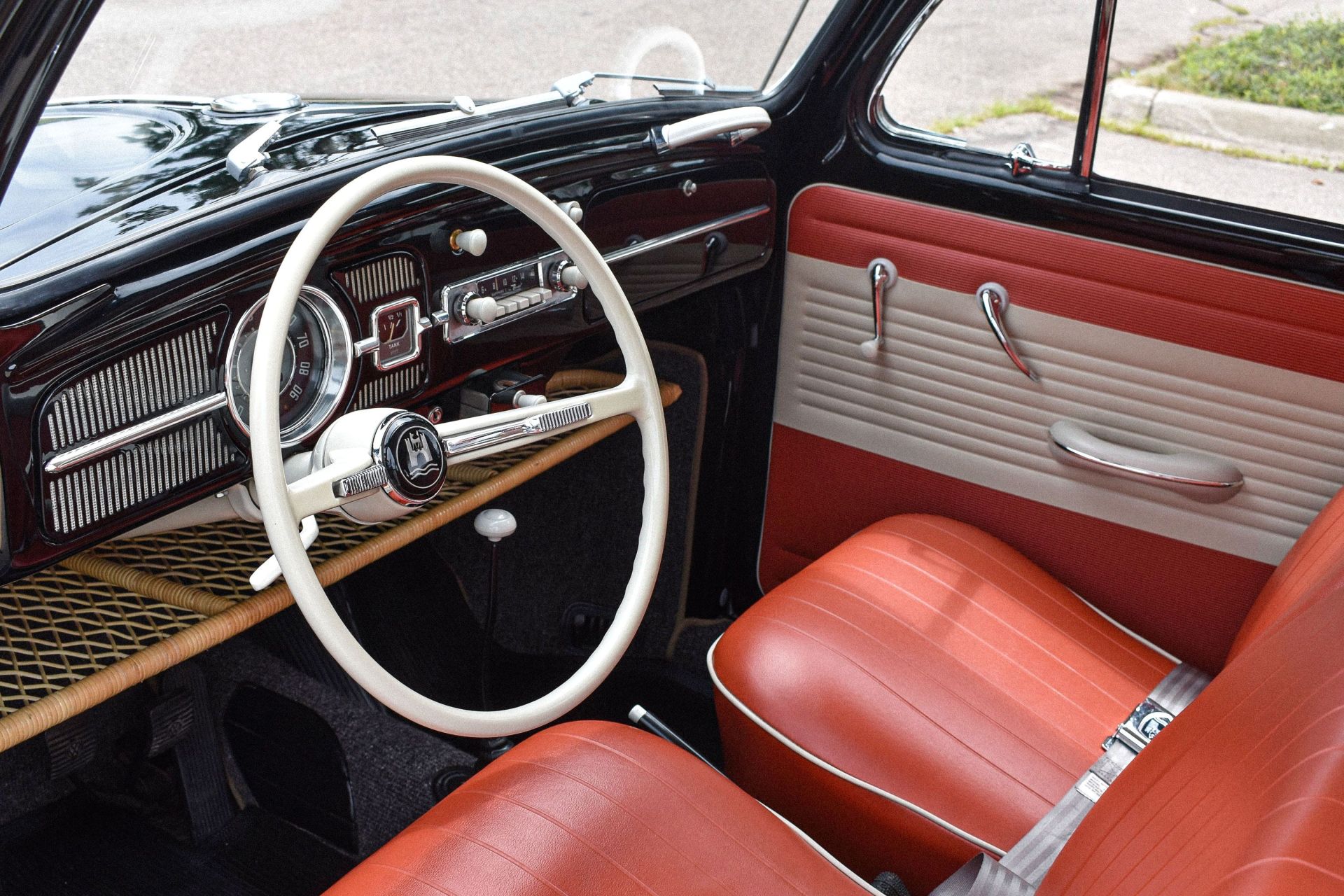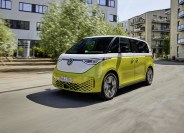I love German cars. I may never own that mint Porsche 911. The ratty Mercedes-Benz, BMW or Audi I could afford would eviscerate me on the back end with maintenance costs. So, like many a car journalist, I drive a Volkswagen. Not one of the newfangled SUVs but a relic from the glory days when VW built the ultimate driving machine available for a reasonable monthly payment.
When I found out VW was loaning out vehicles from its heritage fleet to members of the media, I checked my borderline unnatural exuberance and fired off a polite email. The result: I was able to spend about 24 hours each with two classic air-cooled 1960s VWs — a 1964 Beetle and a 1963 Karmann Ghia convertible.
Now that the euphoria has worn off, I’ve collected my thoughts below.
Those old VWs were very simple cars
The old chestnut with old Volkswagens is that someone of modest mechanical know-how could keep them running with a maintenance handbook, basic tools and a roll of duct tape. That’s more or less accurate. These cars were stripped down to the essentials. It was the early 1960s so an ashtray was among those essentials.

The instrument panel includes a speedometer, an odometer and a fuel gauge (a novelty not found on the earliest Beetles). You get headlights, a couple of glorified hand mirrors to look behind you, an AM radio, a heater (that probably didn’t work back in the ’60s) and a 1.2-liter air-cooled four-cylinder in the back. That’s about it.










